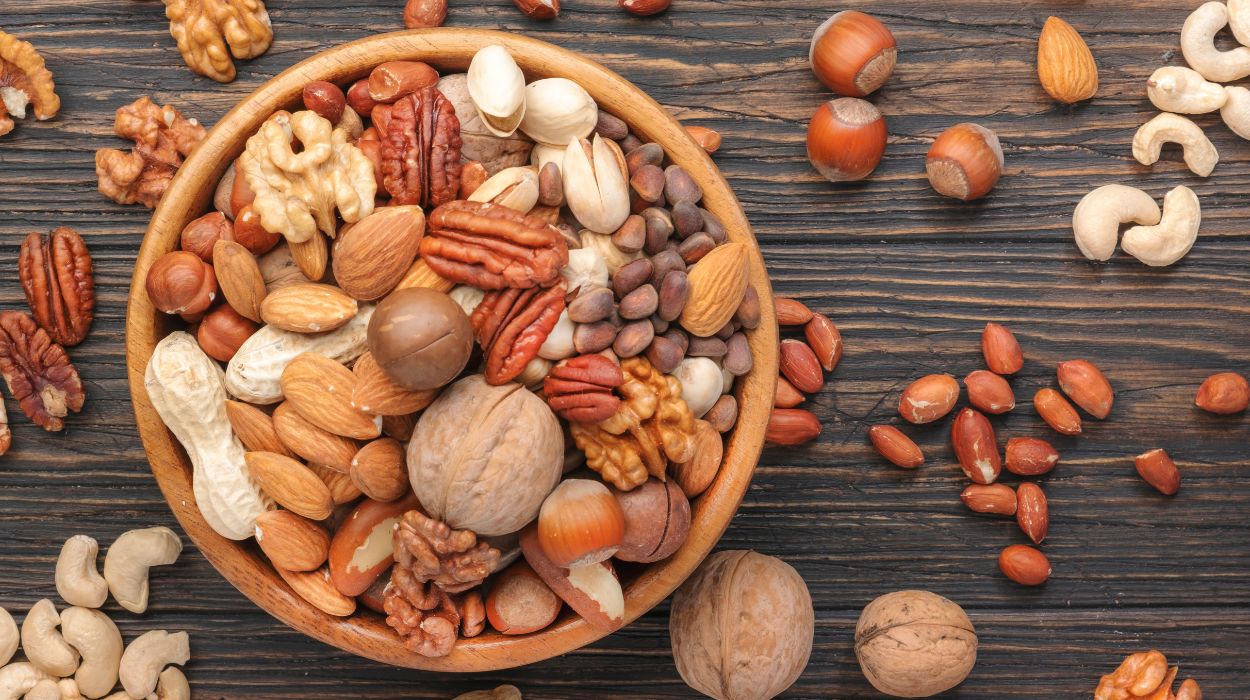Get Answers
What do you think about cookware made of Soapstone?
Like ceramic cookware, soapstone has many desirable qualities for cookware:
- long lasting
- no odor nor taste
- holds heat for long periods
- virtually non-stick
- beautiful enough to be used for serving
- will keep food hot during serving
- completely non-porous, so it won’t stain or hold food odors
- bacteria resistant.
Soapstone cookware is heavy, thick, and somewhat expensive, but it is an excellent conductor of heat. I am amazed at how quickly it will boil water, even at medium low heat. Soapstone cookware is energy-saving and will last several lifetimes, so it can be handed down from generation to generation. I use my soapstone pots for soups and stews because they seem to impart and earthy essence to the food.
Soapstone is a quarried stone like granite and marble. Its primary components are magnesite, dolomite, chlorite, and talc. The talc gives it the smooth feeling of rubbing a piece of dry soap–thus the name “soapstone.”
Because it can be easily cut to shape without special stone cutting tools, soapstone has been used for thousands of years throughout the world for tools, karafes, vases, goblets, sinks, and other useful household objects.
The major difference between ceramic and soapstone is that ceramic is lightweight and soapstone is very heavy. Even though soapstone has no taste, it is a rock and is not completely neutral. It does “add something” to the character of the food. Foods cook quite differently in soapstone and ceramic than in metal cookware, each unique.
+ Sources
Health Canal avoids using tertiary references. We have strict sourcing guidelines and rely on peer-reviewed studies, academic researches from medical associations and institutions. To ensure the accuracy of articles in Health Canal, you can read more about the editorial process here


